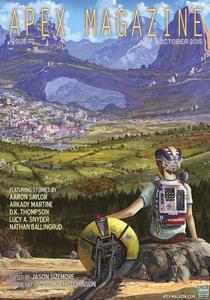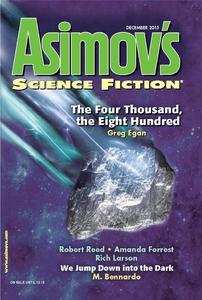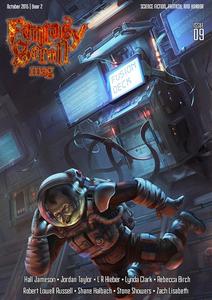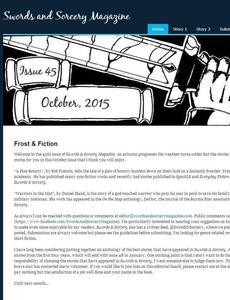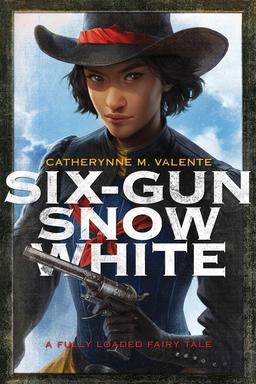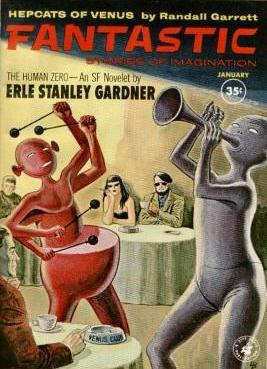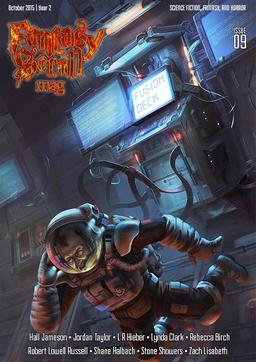2015 World Fantasy Award Winners Announced
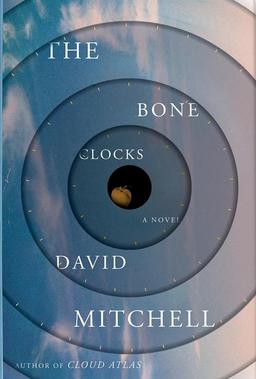 Unlike last year, I was unable to attend the World Fantasy Convention, but from all reports it was just as exciting and rewarding as ever. They presented the World Fantasy Awards right on time at the end of the convention, and I’m happy to be able to share the winners with you.
Unlike last year, I was unable to attend the World Fantasy Convention, but from all reports it was just as exciting and rewarding as ever. They presented the World Fantasy Awards right on time at the end of the convention, and I’m happy to be able to share the winners with you.
For the last several years the coveted Life Achievement Award has been given to two recipients, and this year the judges continued that tradition, presenting the award to both Ramsey Campbell and Sheri S. Tepper for their outstanding service to the fantasy field.
The winners were selected by a panel of judges. This year’s winners of the World Fantasy Awards are:
Novel
The Bone Clocks, David Mitchell (Random House)
Novella
We Are All Completely Fine, Daryl Gregory (Tachyon)
Short Fiction
Do You Like to Look at Monsters?, Scott Nicolay (chapbook, Fedogan & Bremer)

